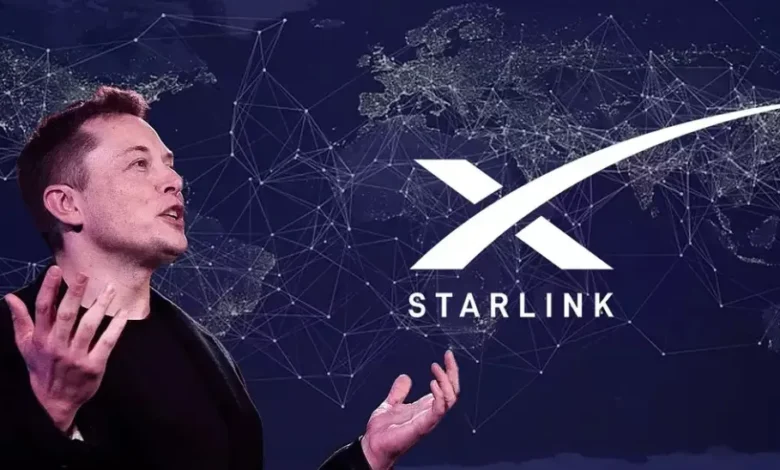MTN & Starlink in Nigeria: Who Wins, Who Loses (Detailed Report)

The Nigerian telecommunications sector stands as one of the most transformative and dynamic industries in the country’s economic landscape. Over the past two decades, it has revolutionized communication, spurred digital inclusion, and become a critical driver of Nigeria’s GDP growth. With millions of subscribers generating billions in revenue annually, the industry has cemented its position as a cornerstone of Nigeria’s digital economy. This in-depth analysis explores the current state of the sector, its market dynamics, technological advancements, economic impact, persistent challenges, and future outlook.
Market Penetration and Subscriber Growth
As of January 2025, Nigeria recorded an impressive 169 million active telephone subscriptions, representing a 78% penetration rate among the country’s estimated 216 million population according to Nigerian Communications Commission (NCC) data. This remarkable growth trajectory becomes even more noteworthy when considering that Nigeria had just 400,000 phone lines at the dawn of telecommunications liberalization in 2001. The rapid adoption of mobile technology has been fueled by several factors including population growth, urbanization, declining device costs, and innovative service offerings from operators.
The industry’s financial performance mirrors this subscriber growth, with total revenue skyrocketing from ₦2.25 trillion in 2018 to ₦3.86 trillion in 2022 – a compound annual growth rate of approximately 14.5%. This revenue surge primarily stems from mobile services, particularly GSM, which accounts for over 90% of total telecom earnings. The dominance of mobile services underscores how telephony has transitioned from luxury to necessity in Nigeria, becoming deeply embedded in both personal communication and business operations across all sectors.
Internet Connectivity and Broadband Expansion
Internet penetration has emerged as perhaps the most significant growth driver in recent years. Nigeria currently boasts 142.16 million internet subscribers, with mobile internet users constituting the vast majority at 141.66 million. Fixed wired internet connections remain relatively limited at just 14,053 subscriptions, while Internet Service Providers (ISPs) and Voice over Internet Protocol (VoIP) services account for 285,702 and 206,067 subscriptions respectively. This distribution clearly illustrates Nigeria’s mobile-first internet landscape, where smartphones serve as the primary gateway to digital services for most citizens.
The broadband segment presents particularly interesting dynamics. By March 2024, Nigeria had 177 licensed ISPs serving 262,206 subscribers. Spectranet leads this space with 113,869 subscribers, but Elon Musk’s Starlink satellite internet service has made remarkable inroads since its launch, quickly amassing 65,564 subscribers by Q3 2024 to claim second position. This rapid adoption of satellite internet highlights both the growing demand for reliable broadband and the limitations of traditional terrestrial infrastructure in reaching certain demographics and geographies.
Nigeria Telecom Industry at a Glance (2025)
| Category | Details |
|---|---|
| Total Phone Users | 169 million (78% of population) |
| Industry Money Made | ₦3.86 trillion (up from ₦2.25 trillion in 2018) |
| Internet Users | 142 million (99% use mobile data) |
| Network Types | – 2G (42%) – Calls/texts – 3G (9%) – Slow internet – 4G (47%) – Fast internet – 5G (3%) – Super fast (new in cities) |
| Biggest Networks | 1. MTN (52%) 2. Airtel (34%) 3. Glo (12%) 4. 9mobile (2%) |
| Internet Providers | – Spectranet (113,869 users) – Starlink (65,564 users) – FiberOne (27,000 users) |
| Data Usage | Over 100 million terabytes monthly (YouTube, TikTok, work, school) |
| Problems | – Expensive equipment – Bad electricity – Multiple taxes – Network thieves |
Why This Matters:
-
Nearly 8/10 Nigerians now have phones
-
Mobile data is how most people access internet
-
4G is the most common network type
-
MTN controls half the market
-
Nigerians use A LOT of internet data monthly
Future Outlook and Strategic Opportunities
The Nigerian telecom industry stands at an inflection point with several promising developments on the horizon:
-
Broadband Expansion – The National Broadband Plan targets 70% penetration by 2025, requiring massive fiber-optic and satellite investments
-
5G Revolution – Wider 5G rollout will enable smart cities, industrial IoT, and advanced digital services
-
AI and Automation – Network optimization and customer service enhancements through intelligent systems
-
Infrastructure Sharing – Cost reduction through collaborative infrastructure utilization among operators
-
Rural Connectivity – Innovative solutions to bridge the urban-rural digital divide
However, realizing this potential requires addressing fundamental constraints:
-
Power sector reforms to reduce dependence on generators
-
Policy harmonization to streamline regulations
-
Security enhancements to protect infrastructure
-
Digital skills development to maximize service utilization
The Nigerian telecommunications industry has demonstrated remarkable resilience and growth, connecting millions and powering the nation’s digital economy. With 169 million subscriptions, nearly ₦4 trillion in annual revenue, and accelerating transitions to 4G/5G technologies, the sector continues its upward trajectory. However, persistent challenges around infrastructure costs, power supply, security, and regulation demand urgent attention.



